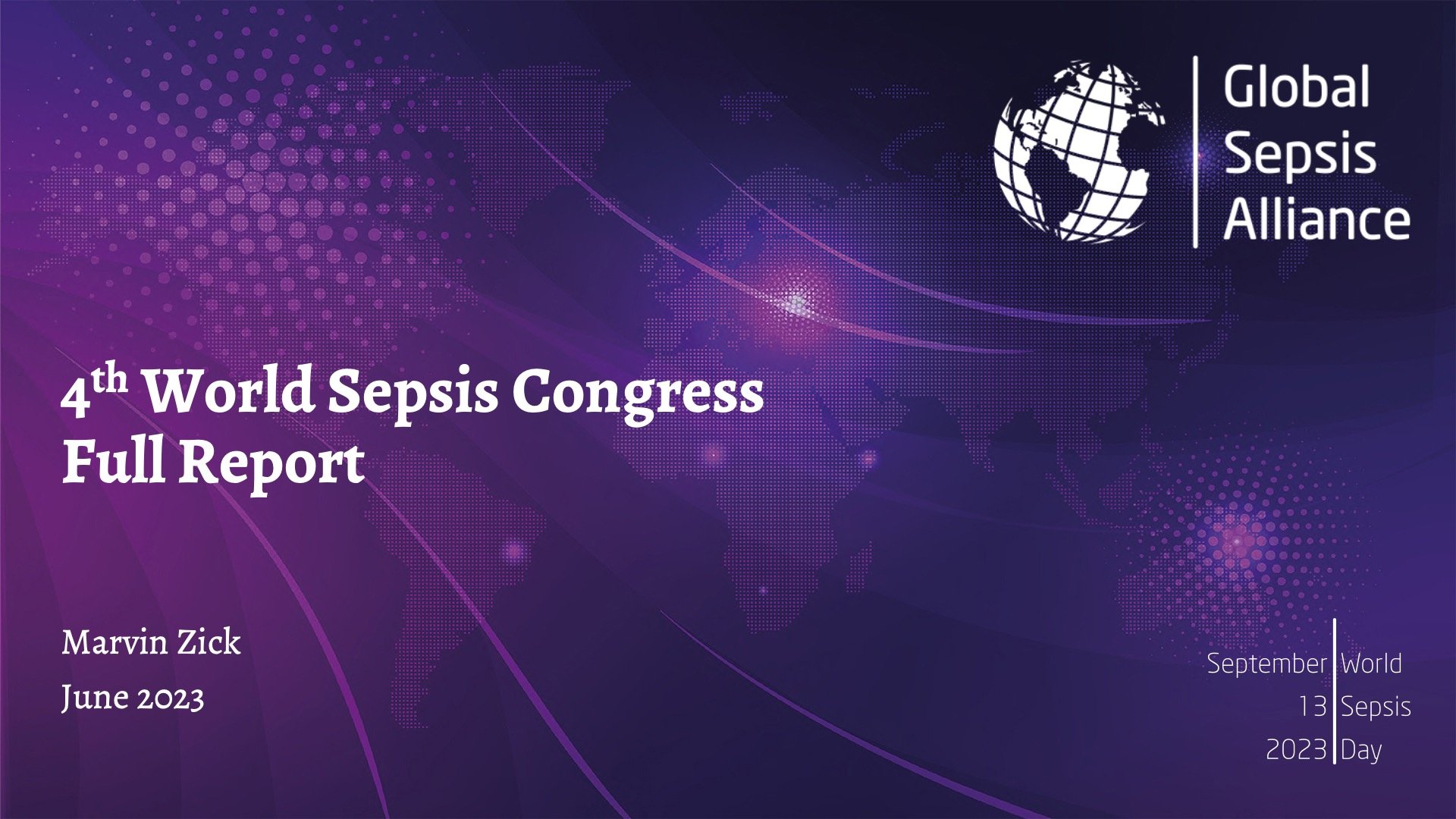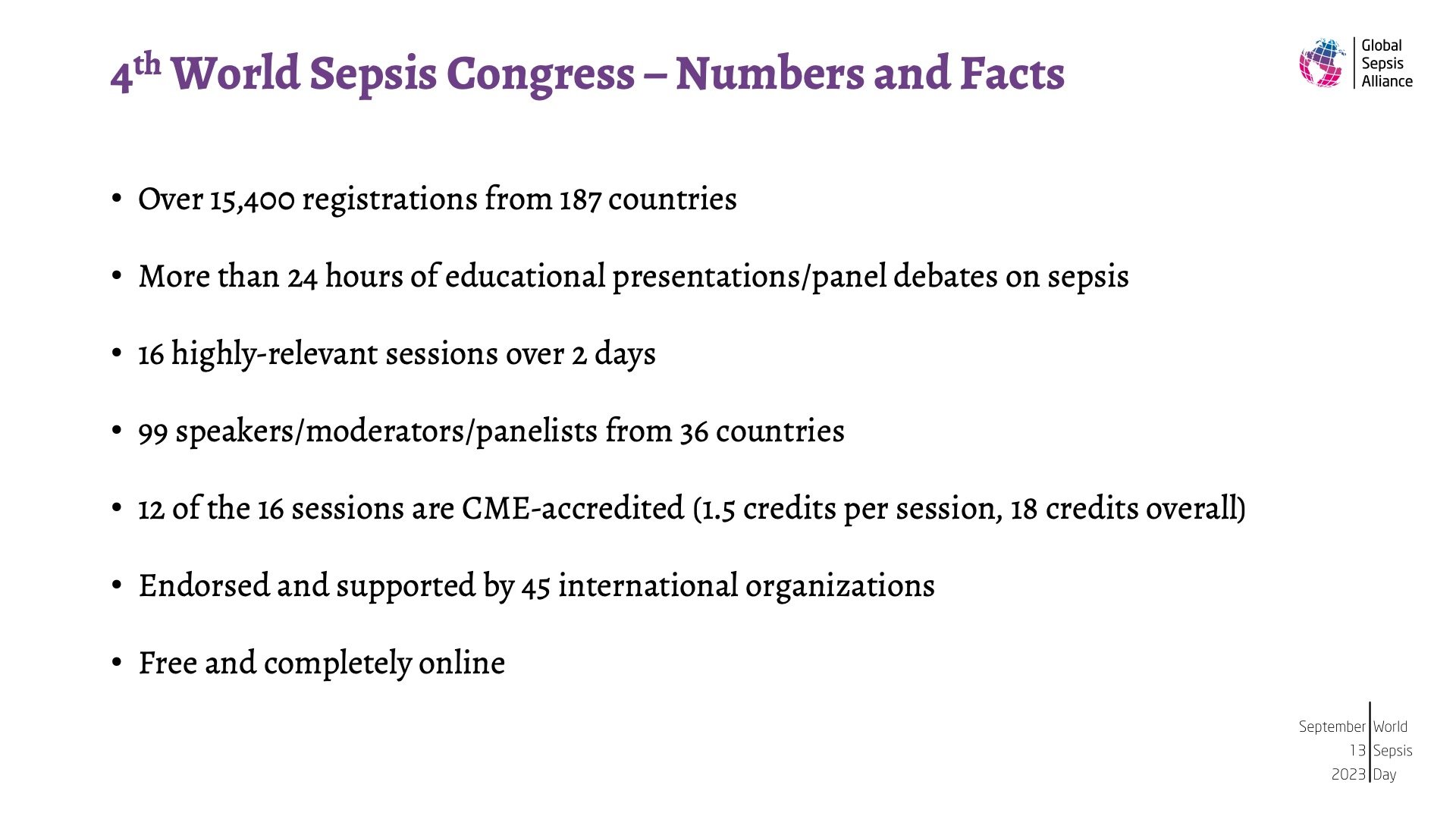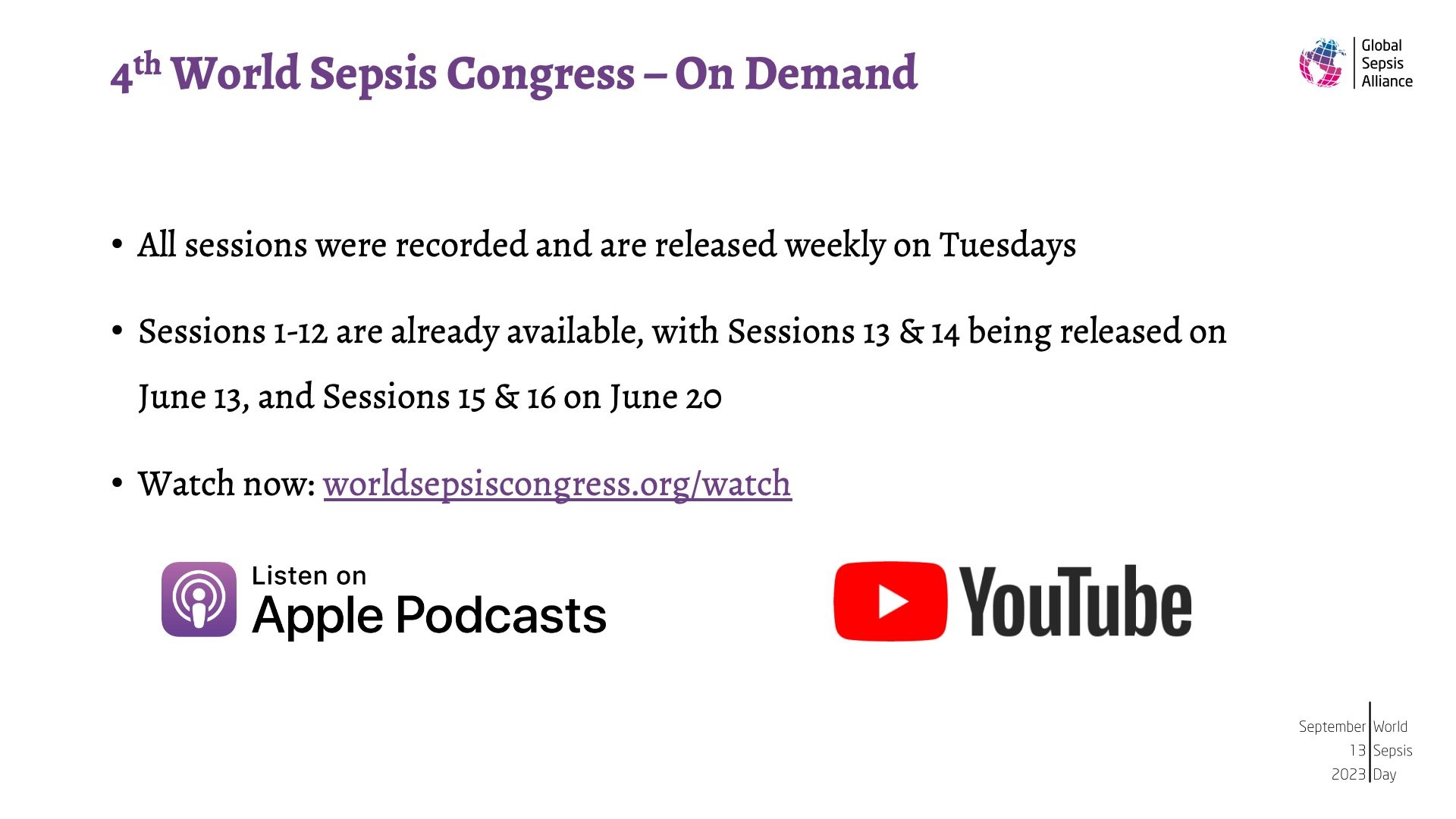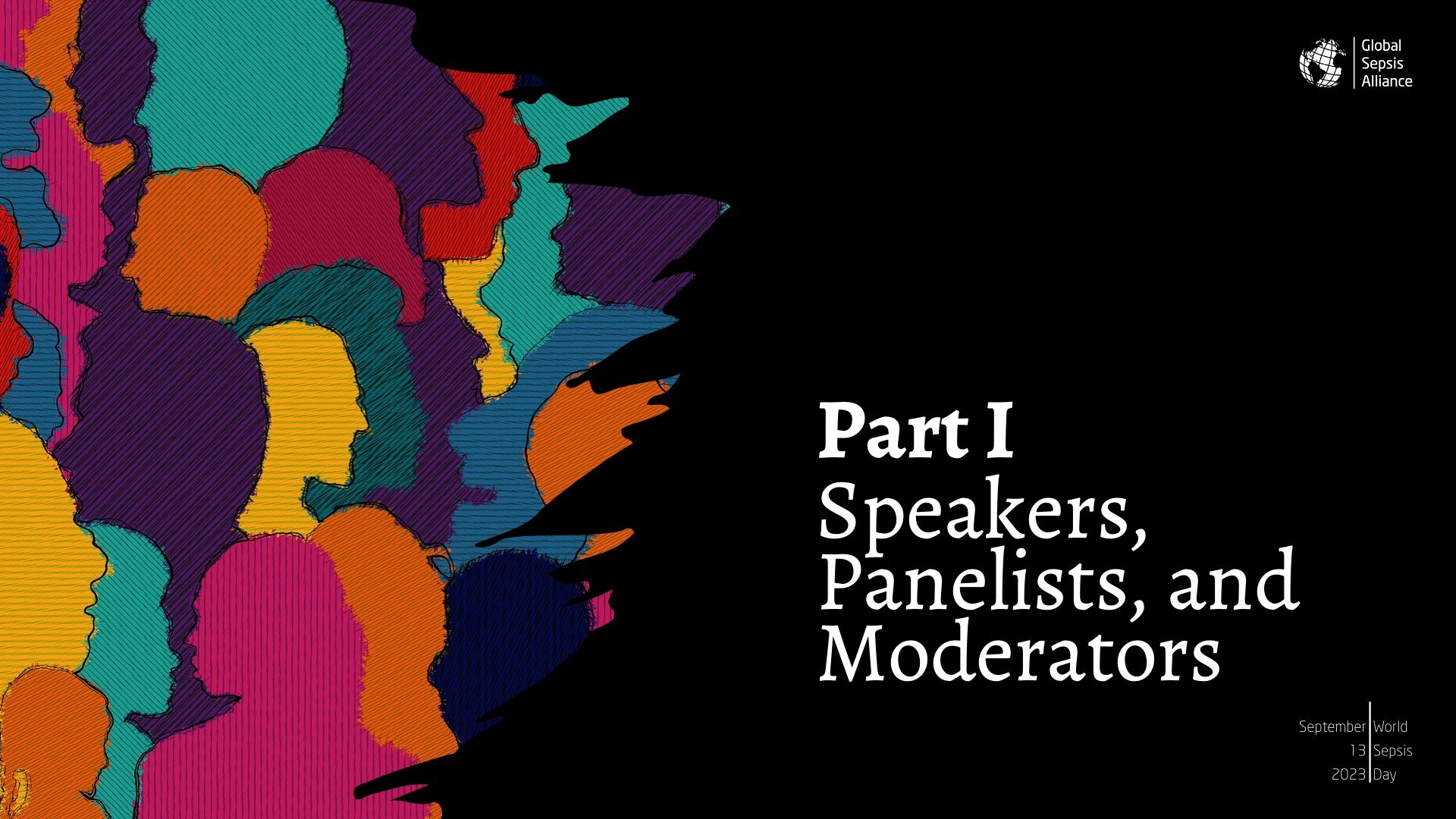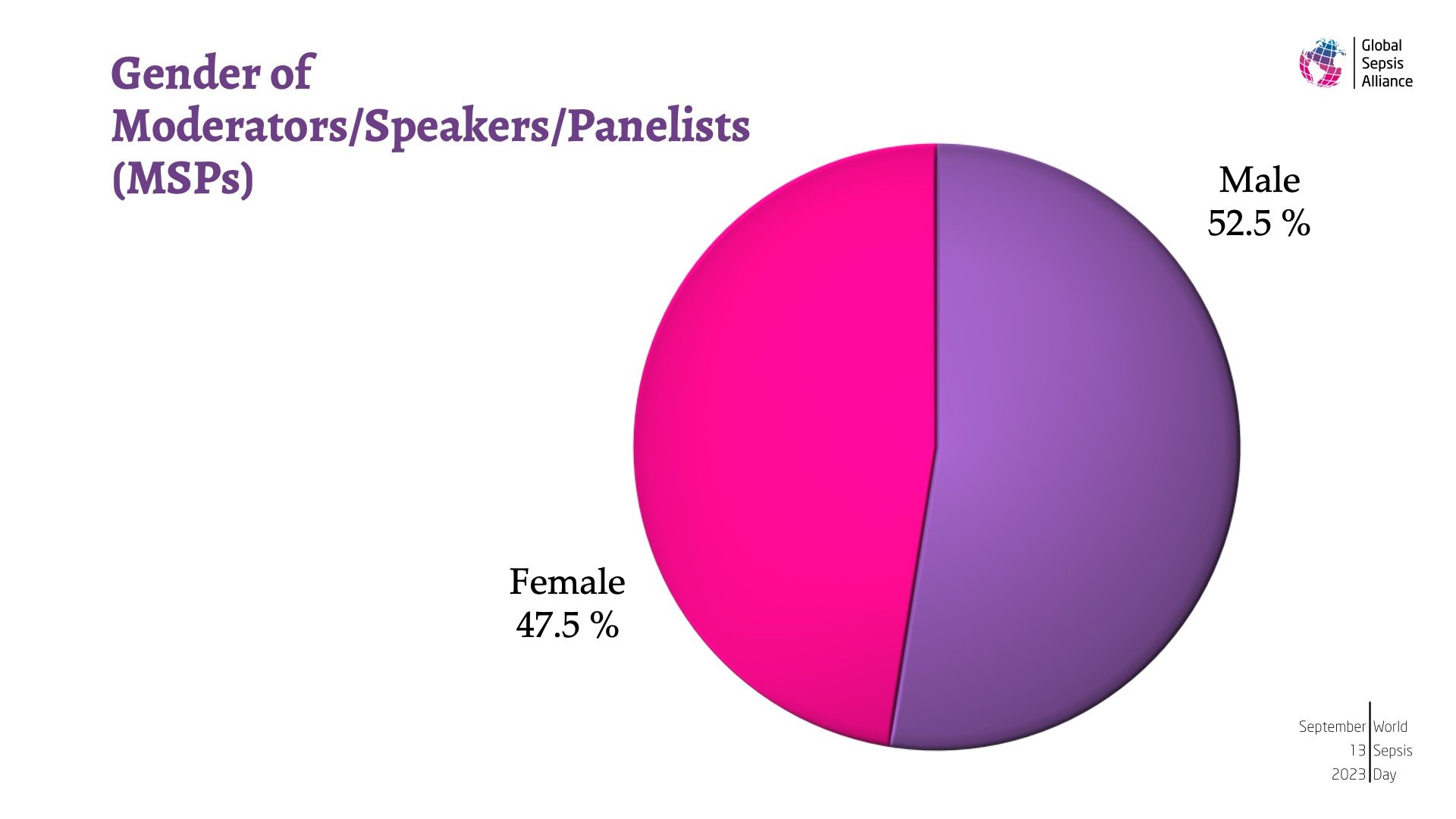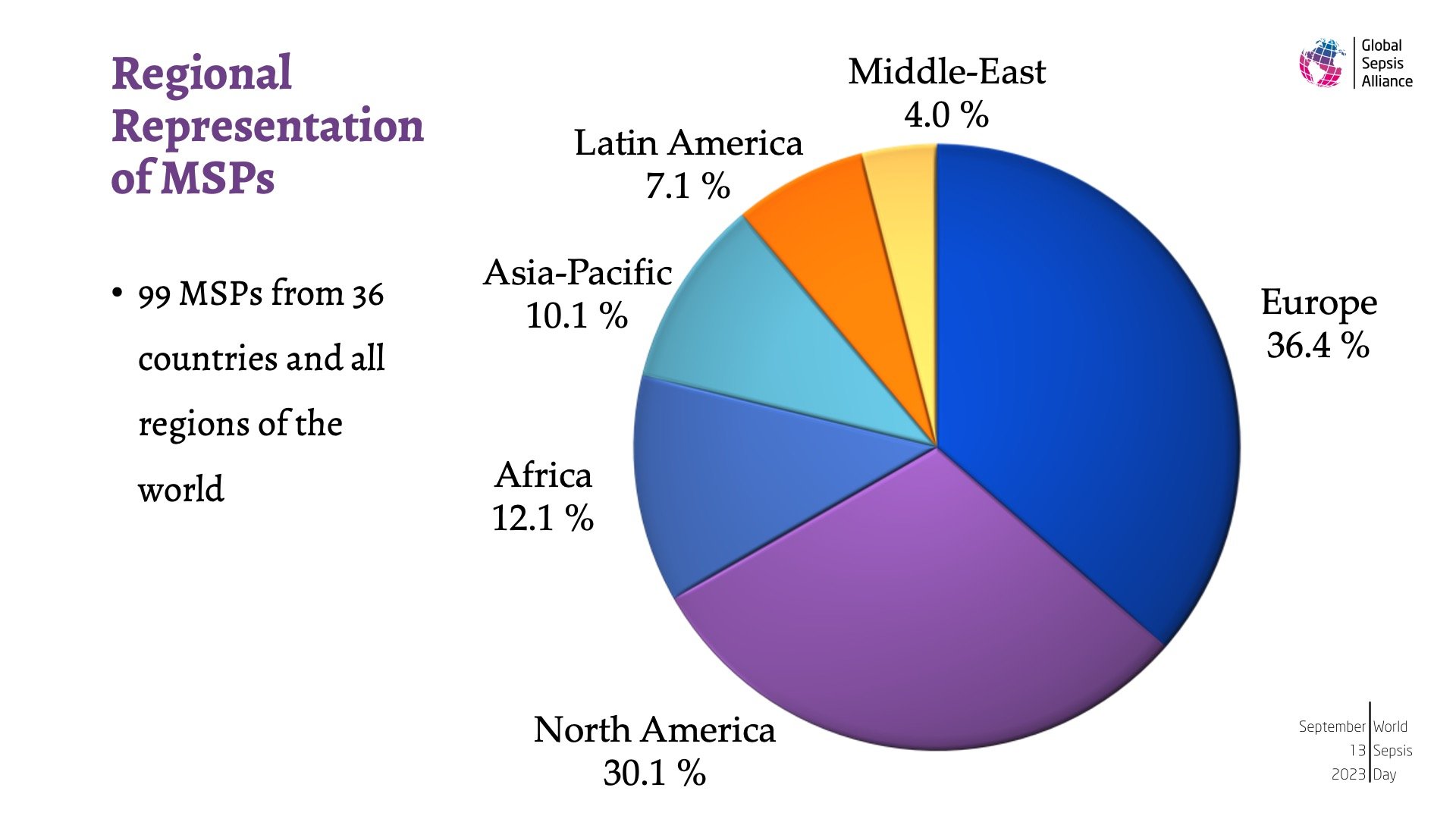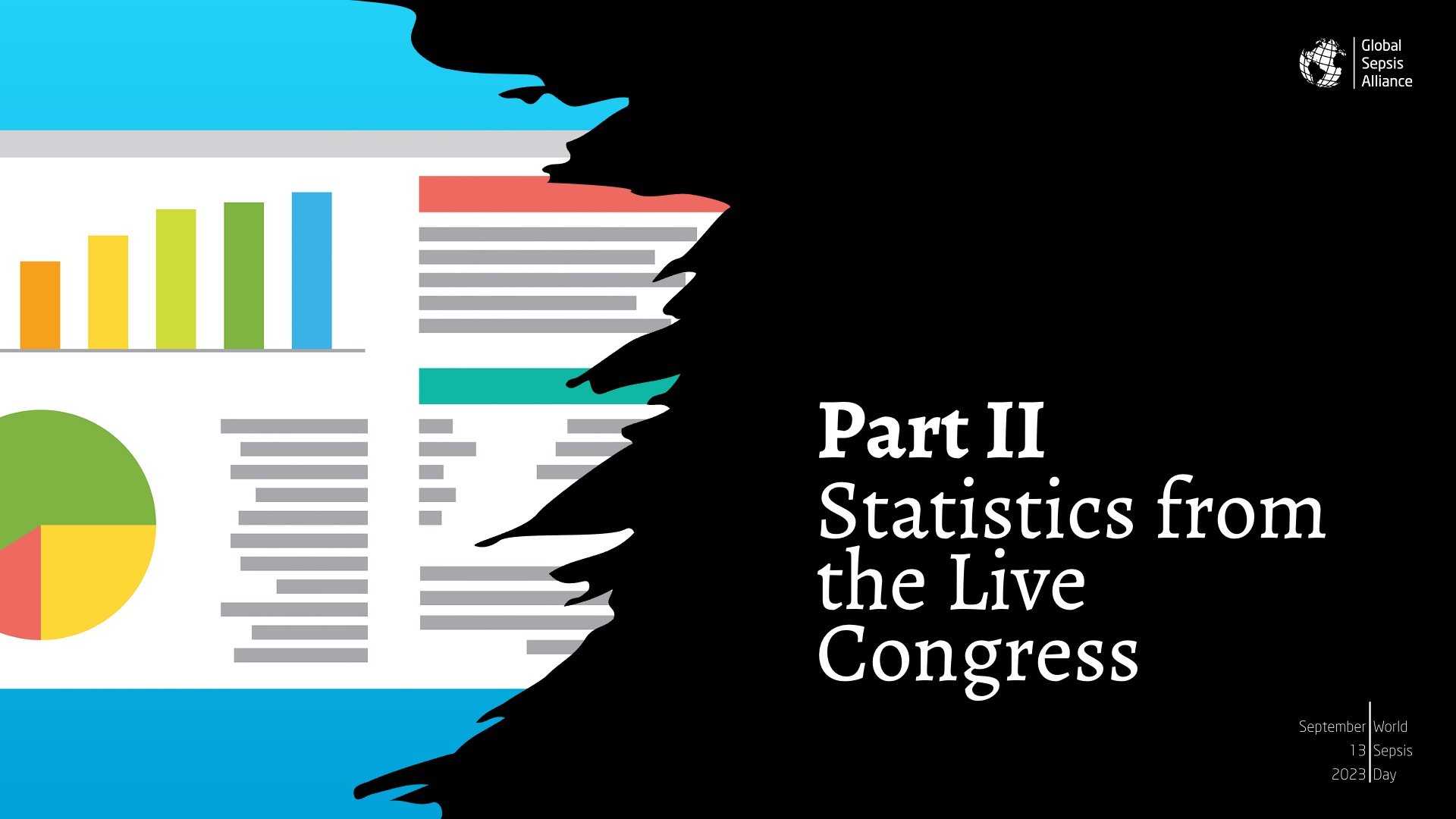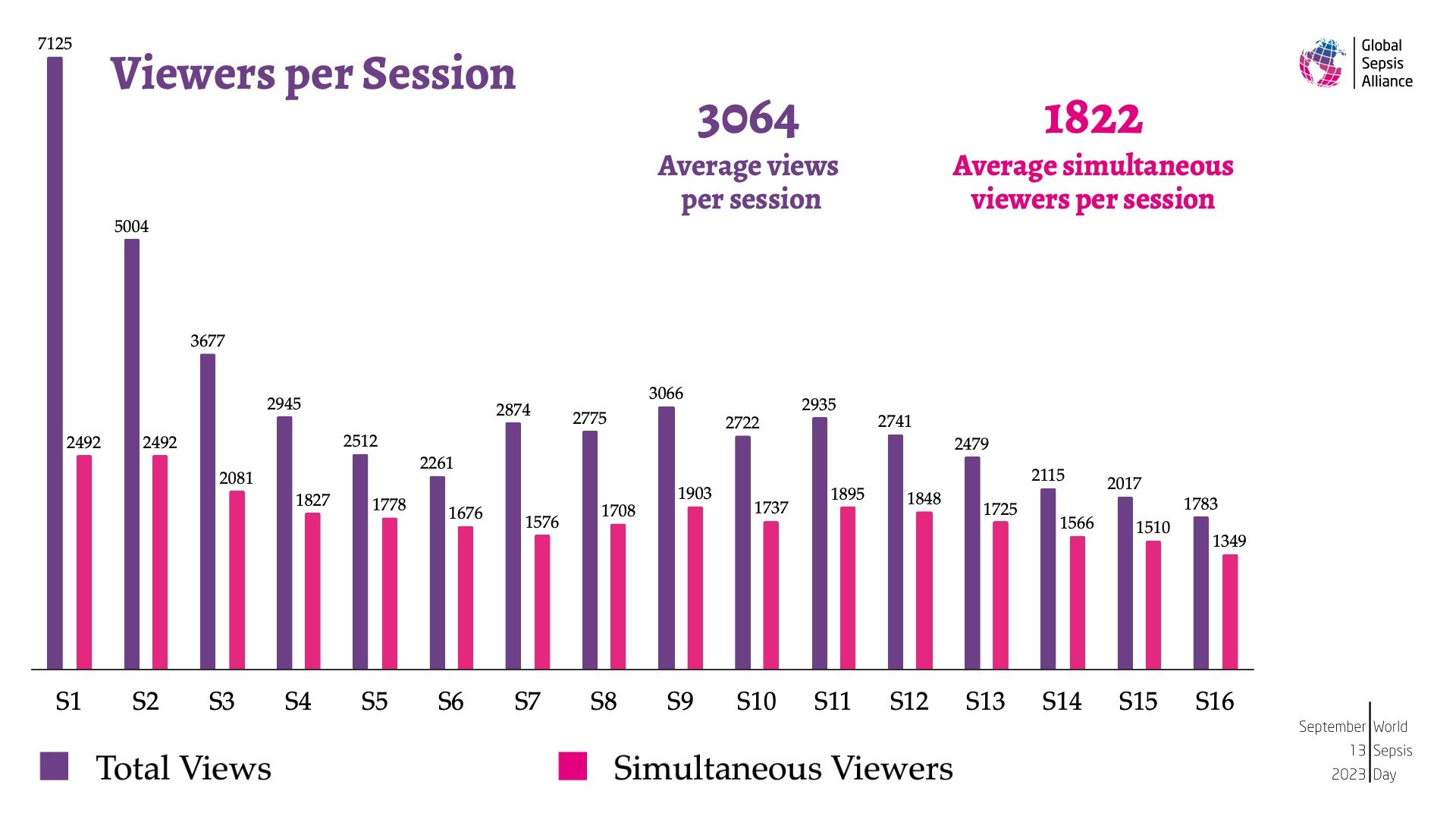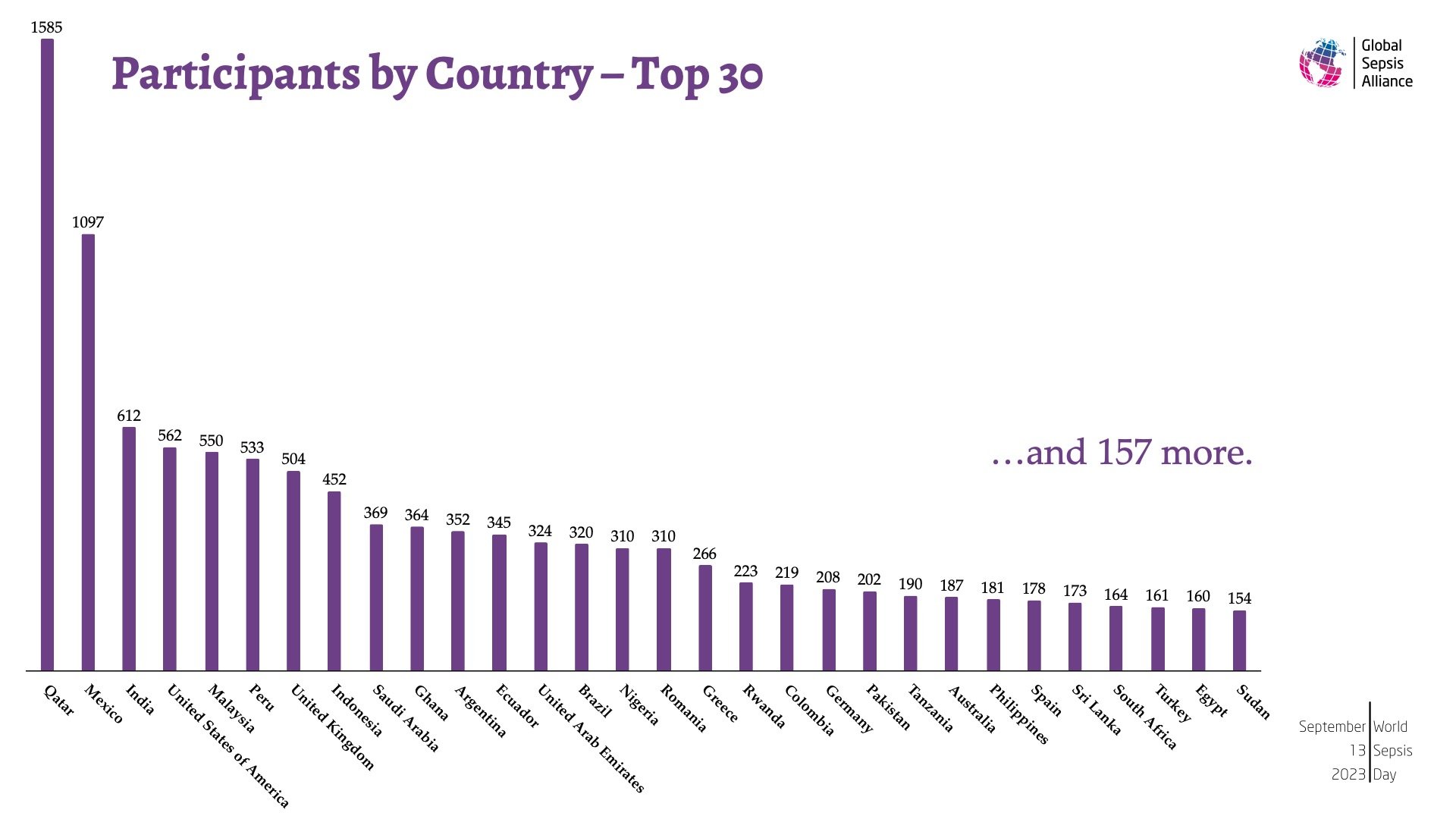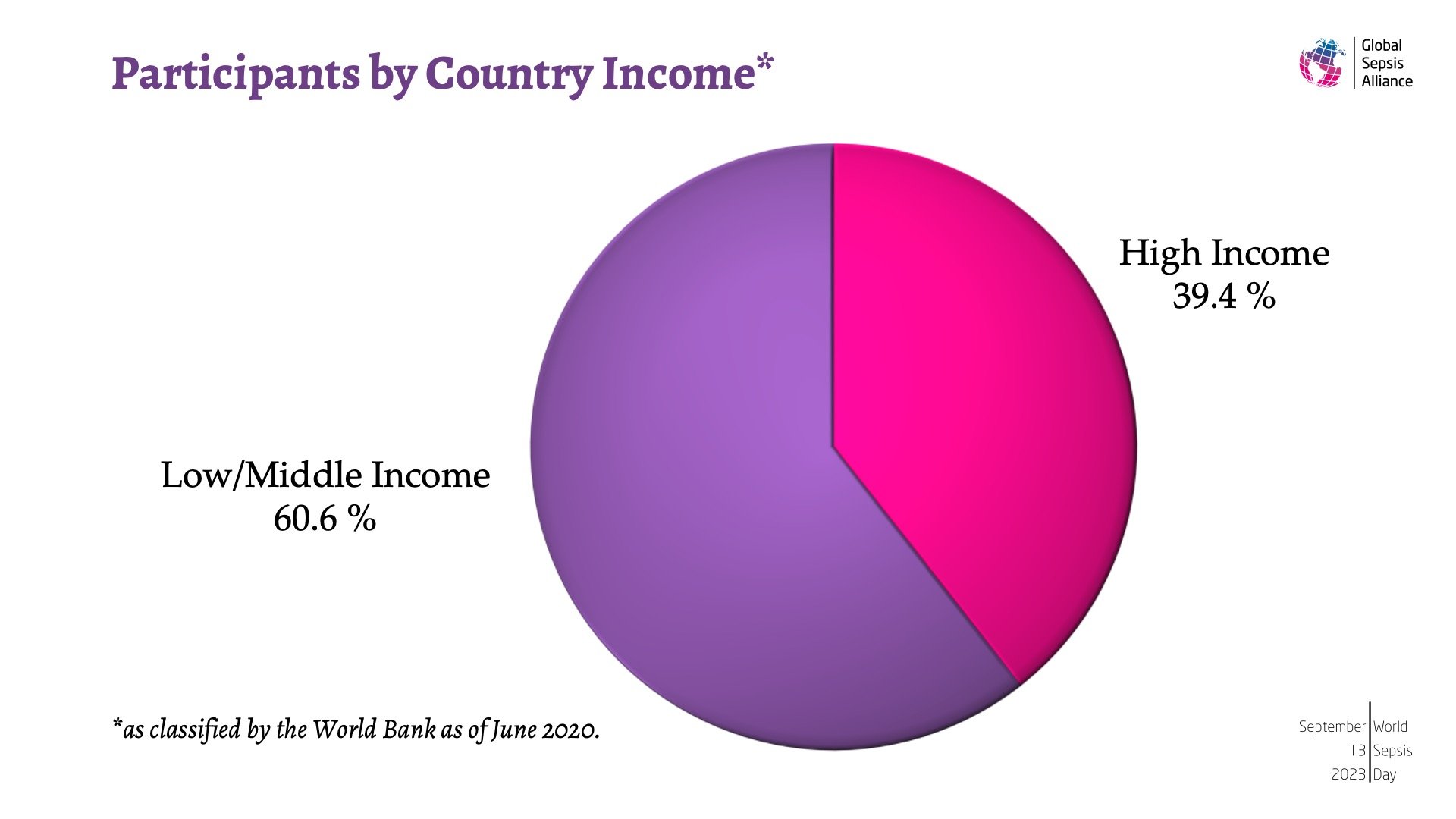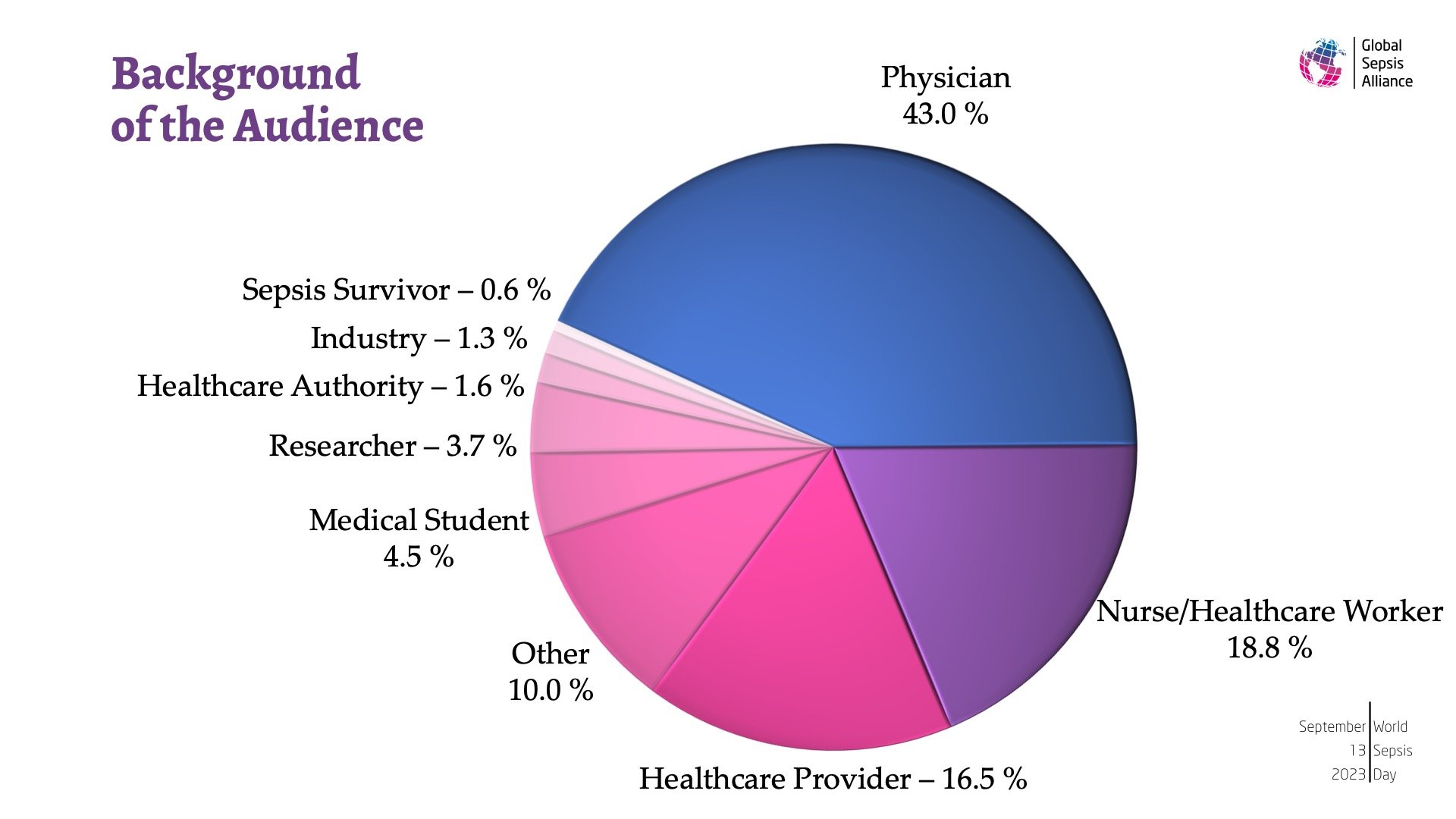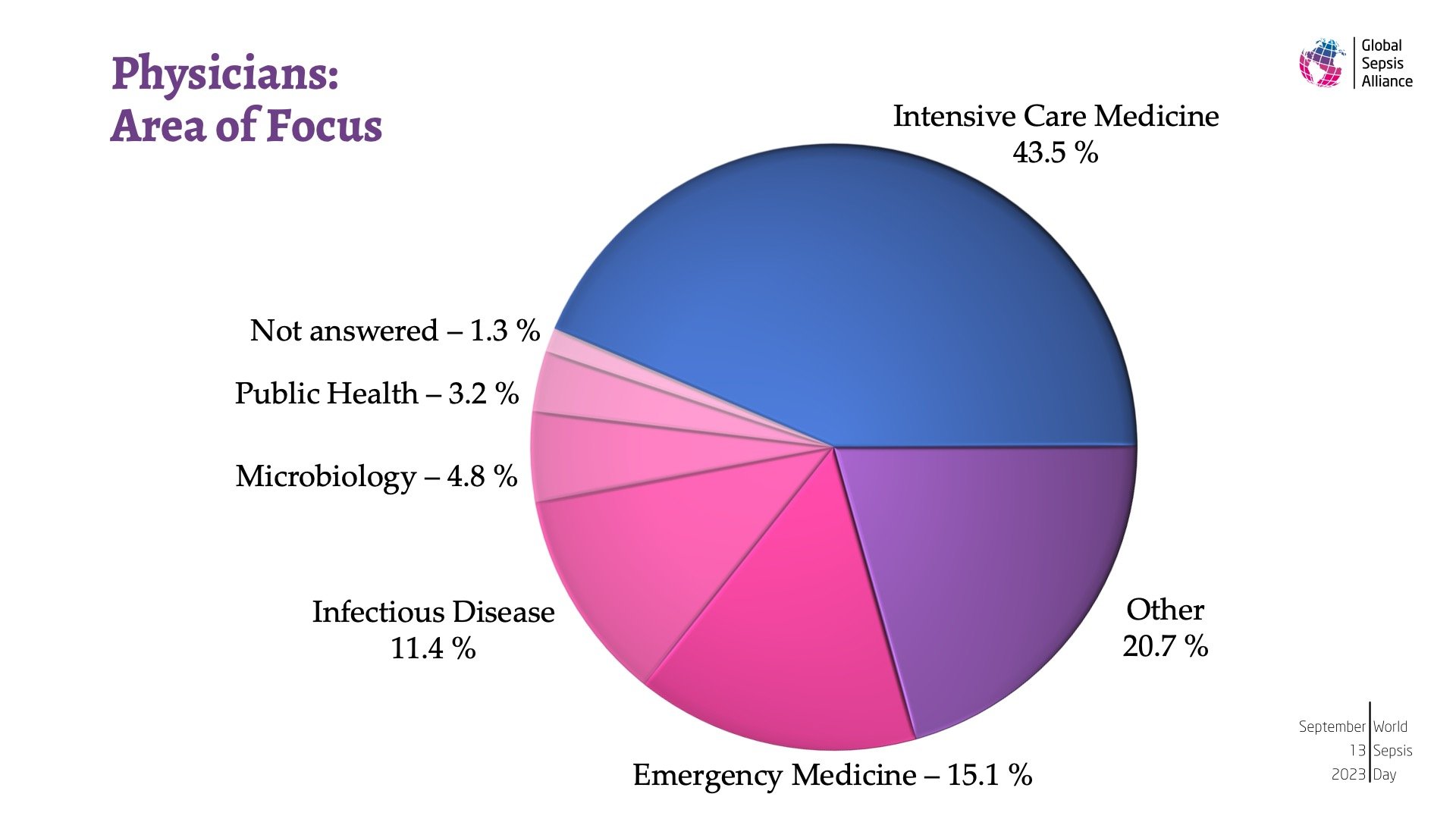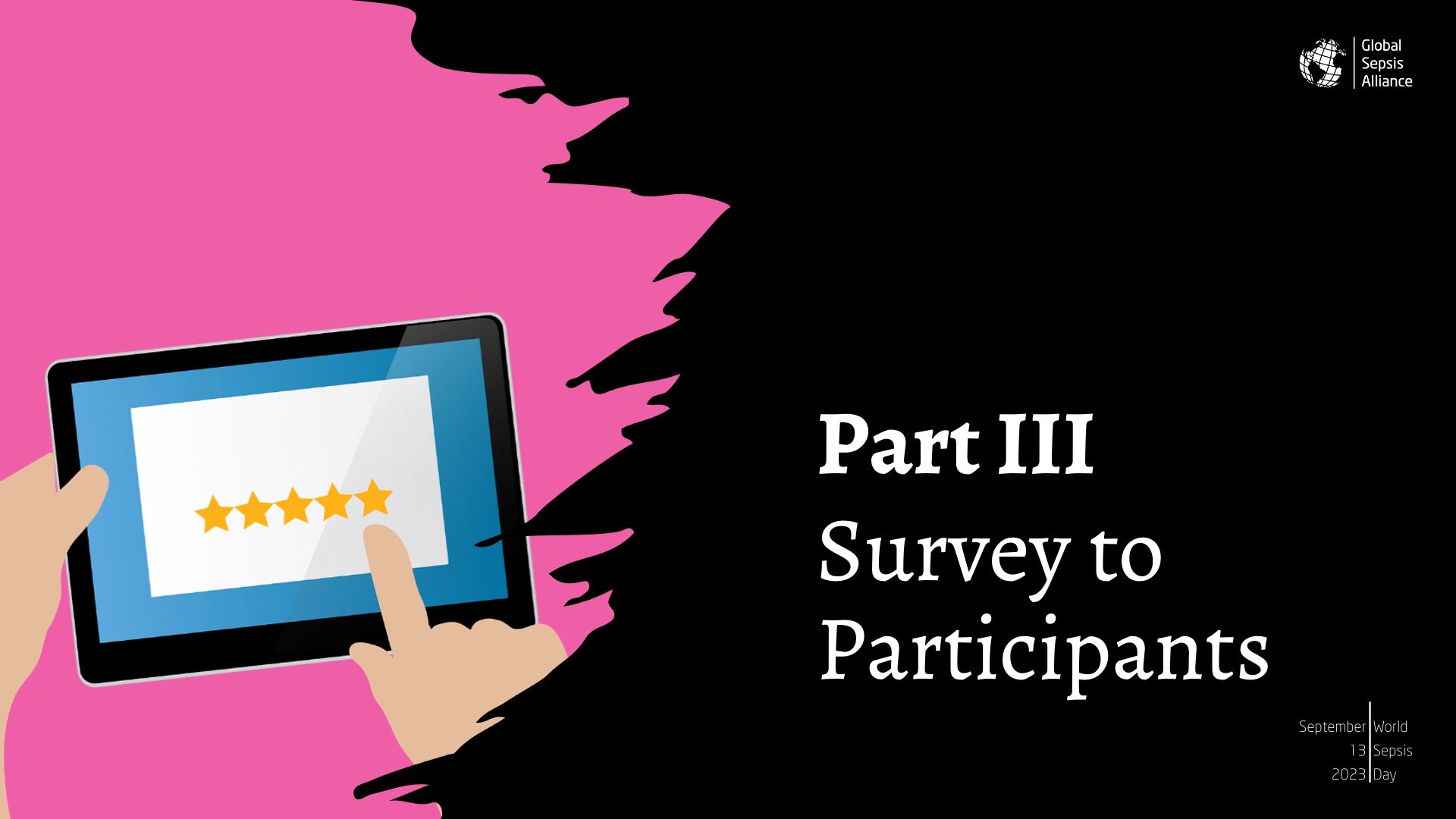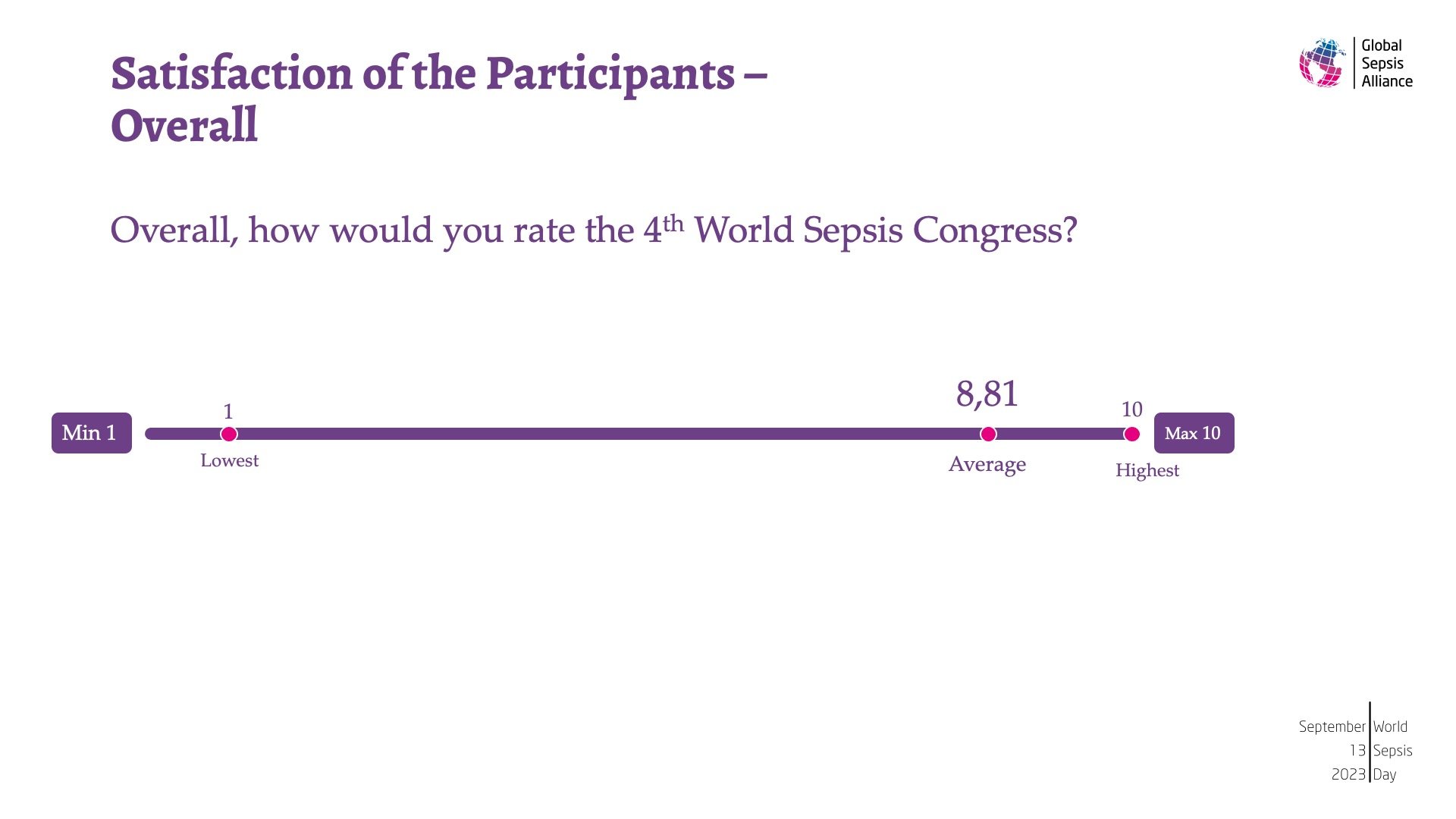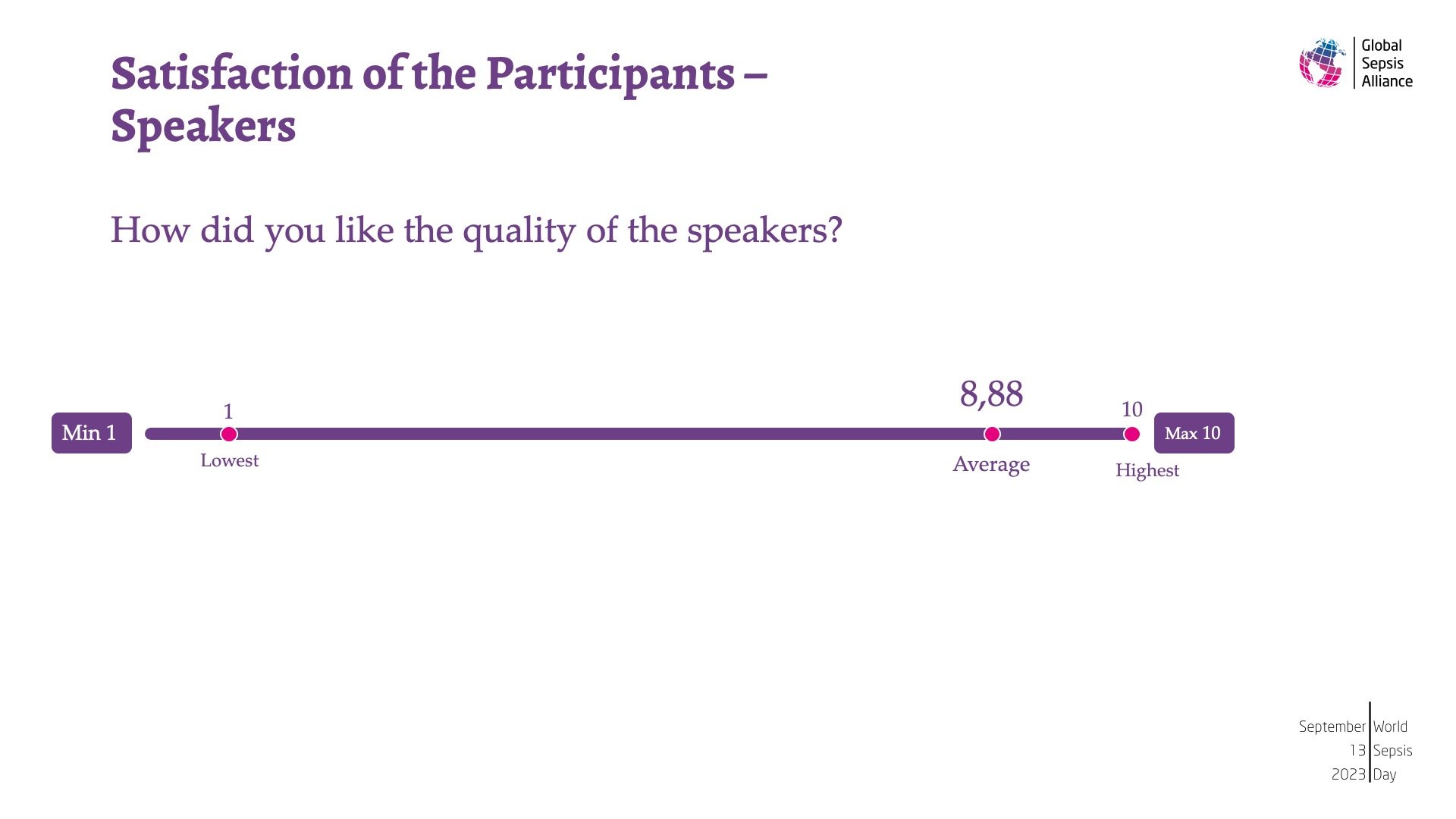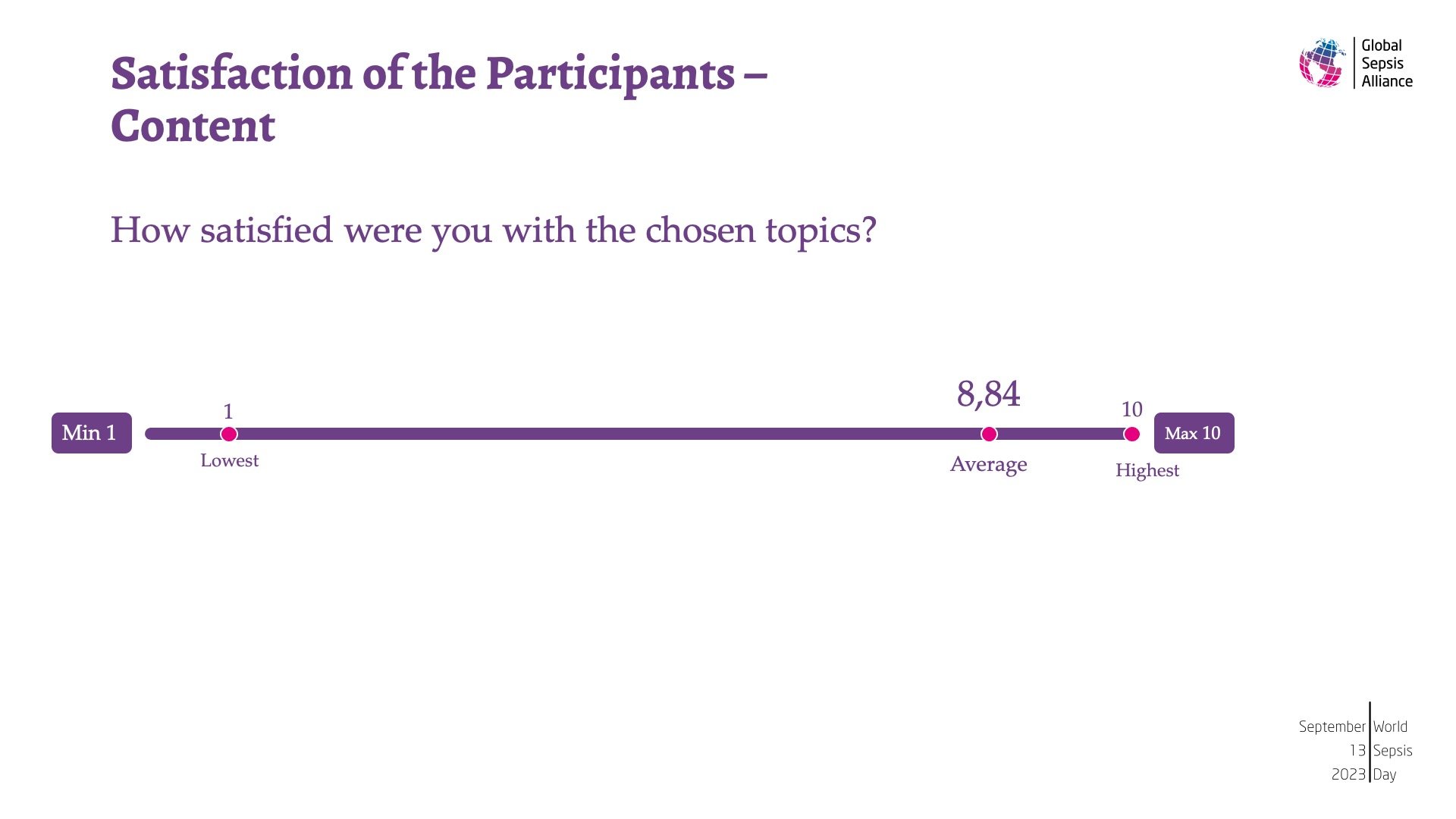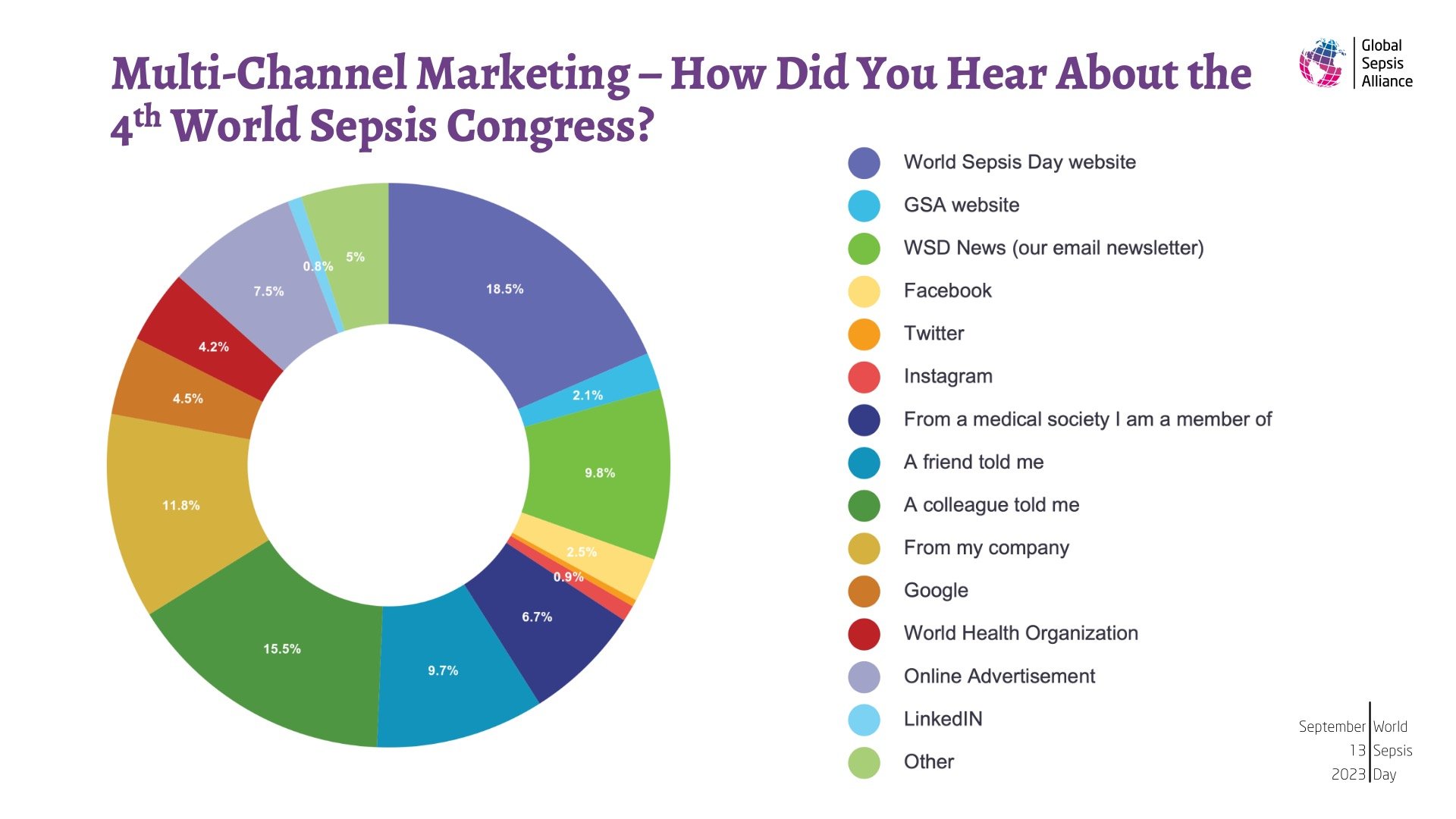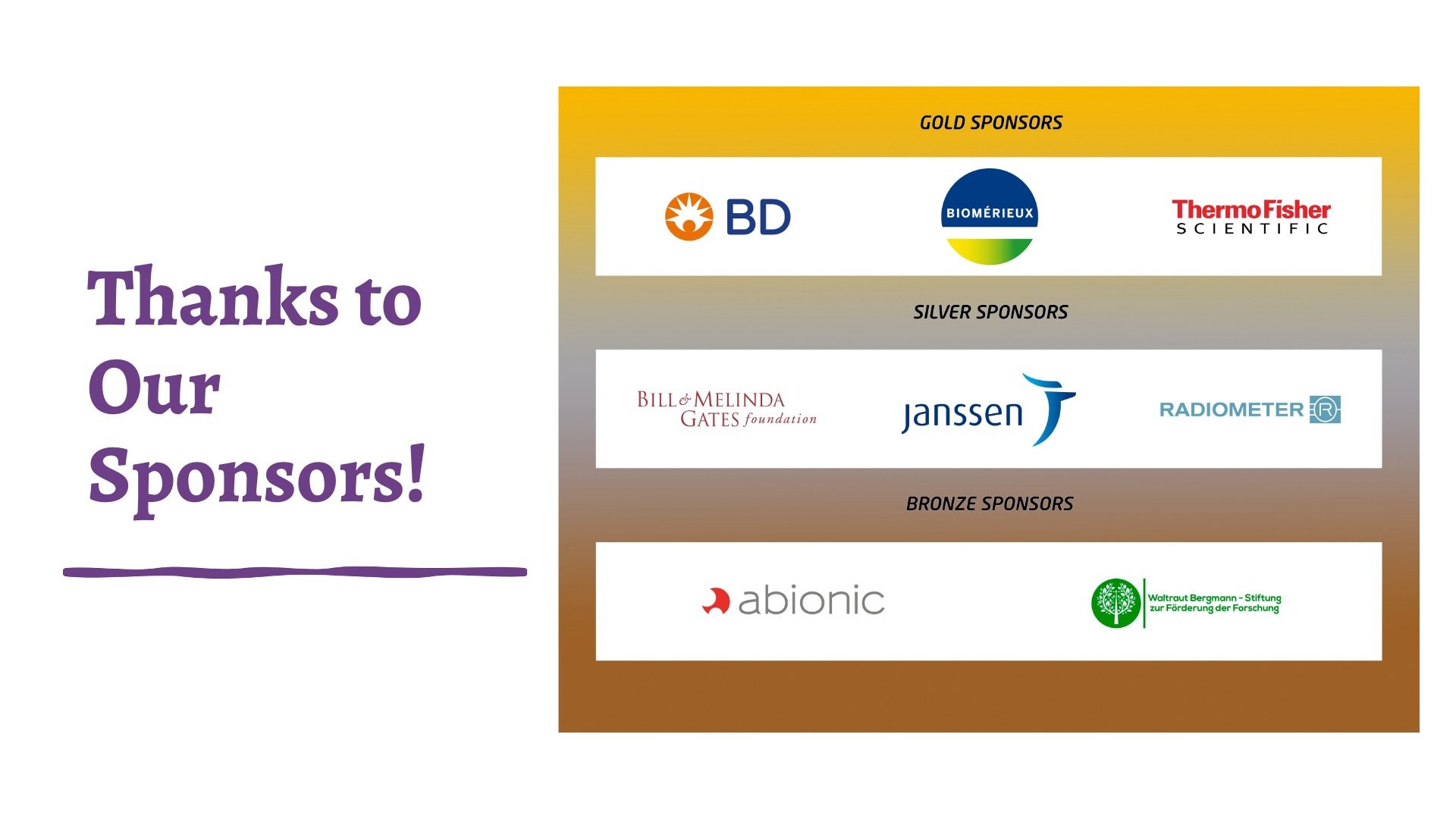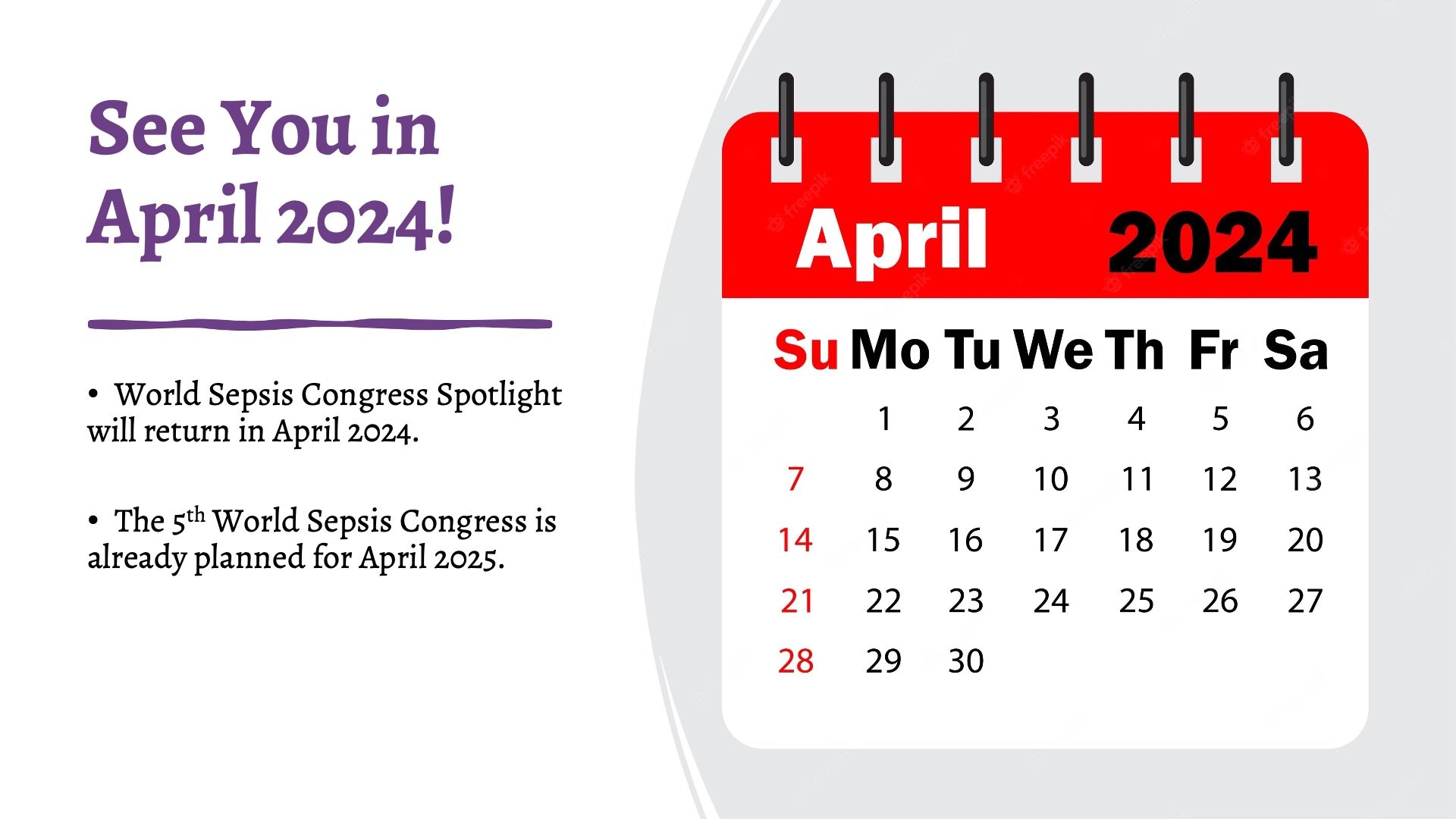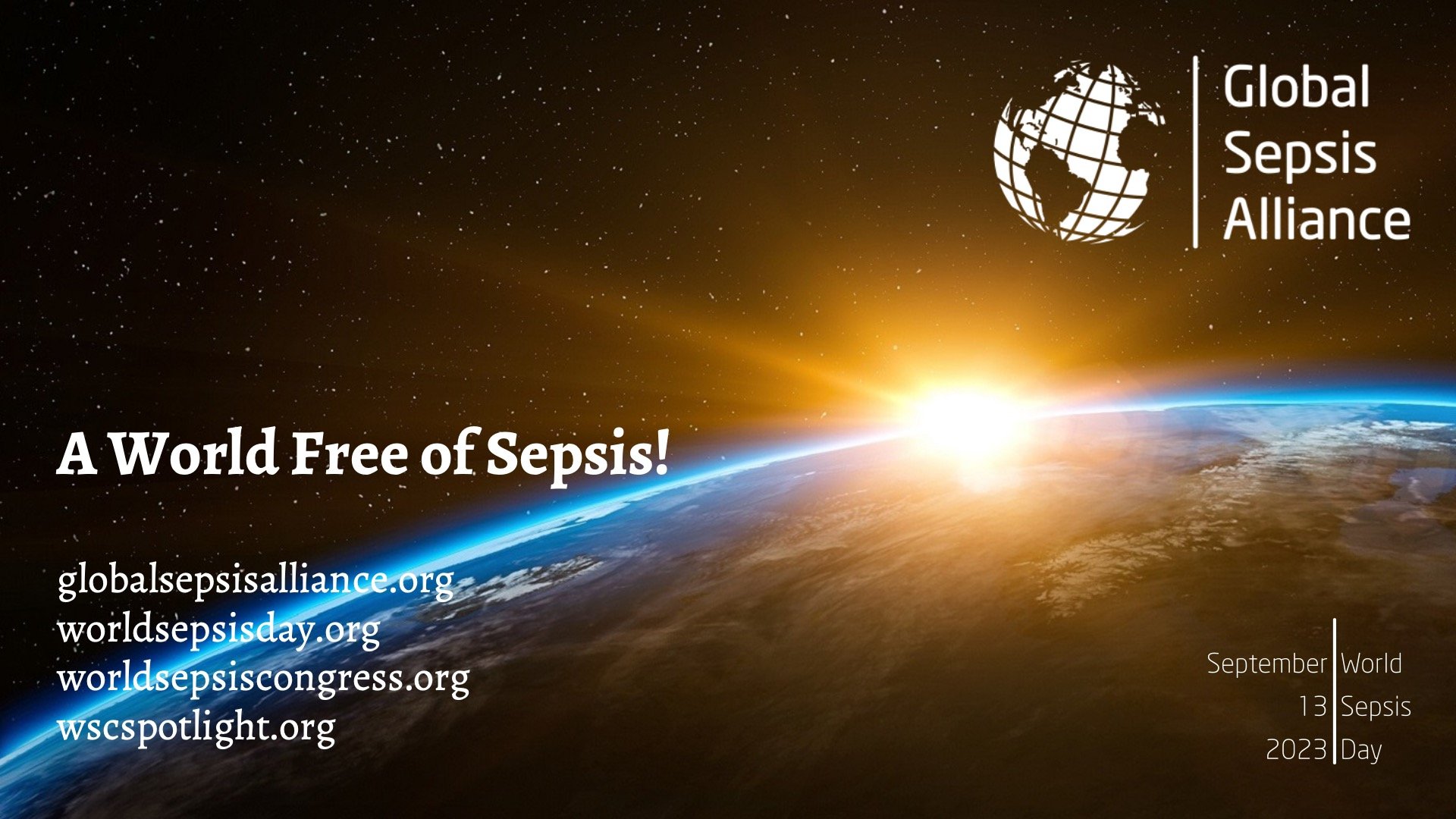My name is Tess Willemse, I’m from the Netherlands, and I’m 18 years old. This is my story about how I almost lost my life to a ‘lung infection.’
On December 28, 2022, I went to a friend’s house. On the way there I was starting to feel a little bit off and lightheaded, but nothing too serious. when I arrived at my friend’s house, that’s where everything started going downhill. Five minutes after I sat down, I started feeling nauseous, with cold chills.
I called my parents asking if they could come to pick me up, on the way home I started throwing up and I could not stop. Initially, I thought of the flu with the symptoms I had (nausea, throwing up, cold chills, and the biggest symptom was a lot of muscle pain.)
Overnight everything got so bad to the point where I could barely move my body. We called the doctor in the morning and made an appointment for the afternoon
When my mom noticed some red spots on my neck and stomach and my fever was going up to 41, she decided to call the doctor again asking if they could come earlier.
Once the doctor arrived, everything started to go really quickly. Within 10 minutes an ambulance arrived, and I was taken to a hospital very urgently. A whole team of doctors was waiting for me.
At the hospital, they immediately started treatment with antibiotics, fluids, and some other stuff. At this point, my blood pressure was dangerously low, and even with all the medication they were giving me it would not go up. I also had gone into organ failure (kidneys and liver were failing, and blood clotting.) I was then rushed to the ICU at a different hospital. After several examinations they found out I had Sepsis, and that my body already had gone into Septic shock. My body wasn’t responding to the medication and my heart was beating way too fast. They basically told my parents that they didn’t know if I was going to make it, and that I was very, very sick. During nighttime especially I was struggling with my breathing. Because it felt like something was pressing on my chest, and I also couldn’t move my arms anymore. The thing is I was not even thinking about ‘dying’, I was more scared of never being able to move my arms or walk again. After some time, they also found out that the cause of my Sepsis was, a mono disease with a lung infection on top of that. Which entered my bloodstream, causing Sepsis.
The next day we received positive news, that my body was finally starting to respond to the medication. And after some time, I finally got to go from the ICU to the ‘internal’ department. And within the week I was allowed to go home and continue taking the last antibiotics at home. However, we didn’t receive a lot of aftercare from the hospital. They released me without any information or tips from doctors, which felt very weird to me. That’s why I think raising awareness of Sepsis is so important.
Being discharged from the hospital after this illness didn’t mean I was recovered and done. It was only the beginning of the whole journey. To be clear, I am so lucky I made it out of the septic shock the way I did. But I’ve noticed that recovery has been one of the toughest things I ever had to go through. Losing every bit of trust in my body, plus the symptoms you have to deal with after you’ve had Sepsis has been harder than I thought. I am now 5 months into my recovery, and I’ve noticed I’m only at like 20% of what I used to be. I also have a hard time with my concentration and my short-term memory. I sadly had to quit University, because my course was sports. But being in University for sports is also what probably saved me, because of my strong condition. It’s hard because if you take a look at me from the outside, everything seems fine and It’s like nothing has changed. However, from the inside, I sometimes don’t even feel like myself. I’m working hard on regaining trust in my body and dealing with my energy level, but mostly working on my ‘mental’ health part.
Even though this has been, and still is a difficult time, I feel so grateful for everything. Grateful for my parents, who have been helping and supporting me every step of the way. Grateful for the rest of the people around me. Grateful for my strong body, which has given me a second chance to live.
I wanted to share my story to raise more awareness of this illness. Because even though sepsis is the number 1 cause of death in the ICU, hardly anyone knows about this disease.
The article above was written by Tess Willemse and is shared here with her explicit consent. The views in the article do not necessarily represent those of the Global Sepsis Alliance. They are not intended or implied to be a substitute for professional medical advice. The whole team here at the Global Sepsis Alliance and World Sepsis Day wishes to thank Tess for sharing her story and for fighting to raise awareness for sepsis. The text has been lightly edited for clarity.
